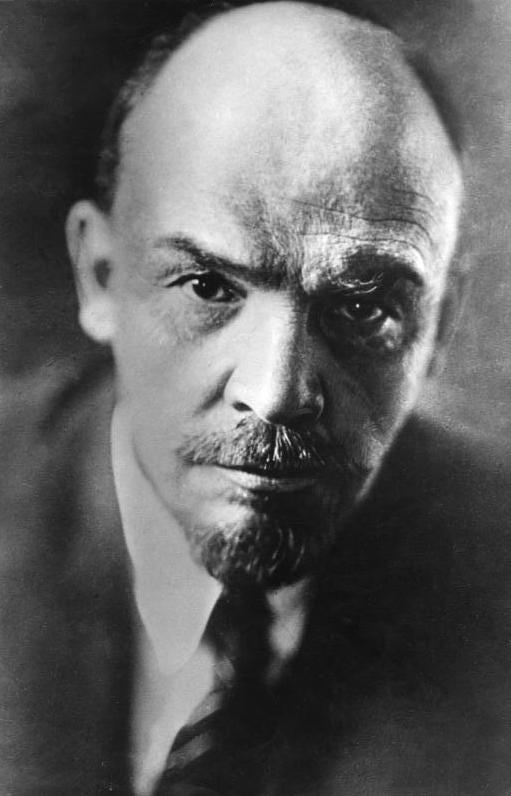
Lenin in July 1920. Photo by Pavel Zhukov.
“Revolution is a dirty job. You do not make it with white gloves.” – Lenin
Lenin mostly lived abroad from 1900 to 1917 (Salisbury 1977). During the early years of this period he started a revolutionary journal called Spark and had begun using the surname he would become famous under (Krausz 2015). He, along with Plekhanov and Julius Martov – another Marxist – were the principal contributors to Spark.
In 1903, an official split occurred during the Second Congress of the Russian Social Democratic Labor Party. This party had formed in 1898 to unite the revolutionary movement in Russia. The split resulted in the Bolsheviks (meaning “majority” in Russian) led by Lenin and the Mensheviks (meaning “minority” in Russian). Plekhanov would eventually side with the latter, headed by Martov (Cavendish 2003).
The Mensheviks advocated a loosely-organized structure that could exercise the option of allying with the liberal bourgeois , while the Bolsheviks wanted a centrally controlled and disciplined conspiratorial organization of full-time revolutionaries. The Bolshevik wing represented the ideas for spreading Marxism and inciting revolution among the working class that had been laid out in Lenin’s 1902 pamphlet, What is to be Done? , borrowing the title of Chernyshevsky’s novel.
A fight over the editorial board of Spark also ensued which the Mensheviks lost, leaving Lenin in virtual control of the publication. However, the organization’s Foreign League convened a meeting in Geneva a few months later in which the Mensheviks prevailed and Lenin announced his resignation from Spark and the organization’s party council (Cavendish 2003).
This only turned out to be a minor setback for Lenin who became noted among the intelligentsia for his knowledge of economic thought. In 1904, he started another journal, Forward. He also wrote an acclaimed book called The Development of Capitalism in Russia which was in a second print run by 1905 (Krausz 2015).
Around this time, colleagues observed an increasing ideological rigidity and intolerance in Lenin. He had acquired the tactics of ignoring and insulting rather than refuting the arguments of other revolutionaries with whom he disagreed. This was not unknown in the revolutionary movement but it marked a transition toward behavior that was antithetical to those he was taught growing up. Moreover, he began acting more on the Machiavellian approach that had gained a foothold within the more extreme strands of the movement, rationalizing the use of individuals who engaged in dishonest and/or criminal behavior as long as it was perceived to be facilitating the goal of revolution (Salisbury 1974).
Soon after the October Manifesto was issued after the 1905 revolution, Lenin returned to St. Petersburg. He had raised the issue of armed resistance publicly for the first time just prior to his return to Russia and continued a period of prolific writing.
In May of 1906, he made his first speech in front of a mass rally in St. Petersburg, billed as a “leader of the Bolsheviks” – though he’d only just begun a meaningful association with the organized Russian Bolsheviks a few months before. He wouldn’t make another appearance at a mass meeting until 1917.
Due to police pressure in response to his increased organizing activities, he left Russia for Europe again in December of 1907 (Krausz 2015), not to return again until 1917 (Deutscher 1964).
References:
- Salisbury, Harrison E. Black Night, White Snow: Russia’s Revolutions 1905 – 1917. De Capo Press. New York, NY. 1977;
- Krausz, Tamas. Reconstructing Lenin: An Intellectual Biography. Monthly Review Press. New York, NY. 2015;
- “The Bolshevik-Menshevik Split” by Richard Cavendish. History Today. November, 2003;
- “The Mensheviks: George Plekhanov” by Isaac Deutscher. The Listener. 4/30/1964.